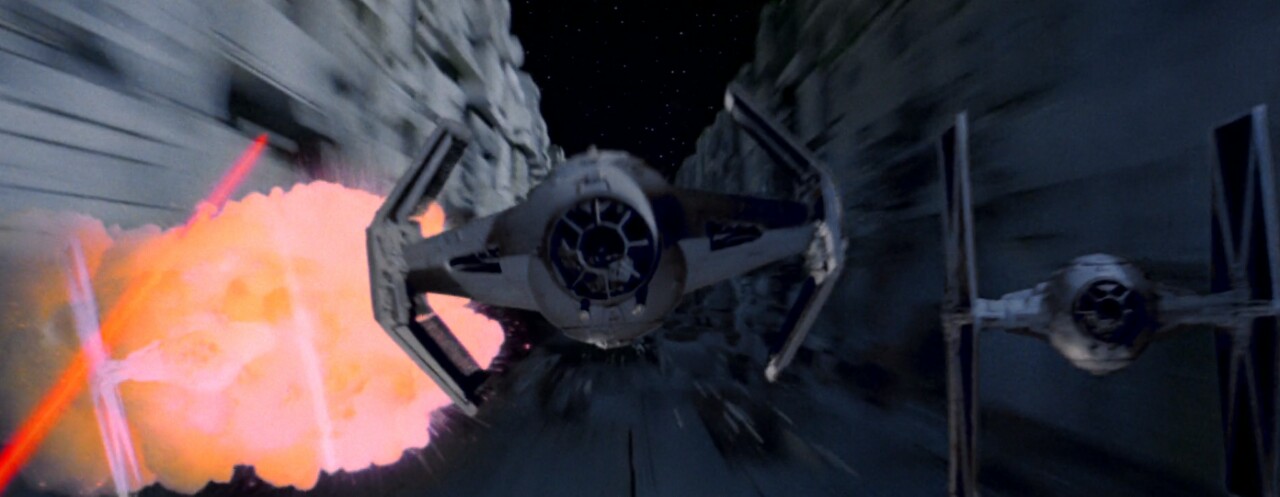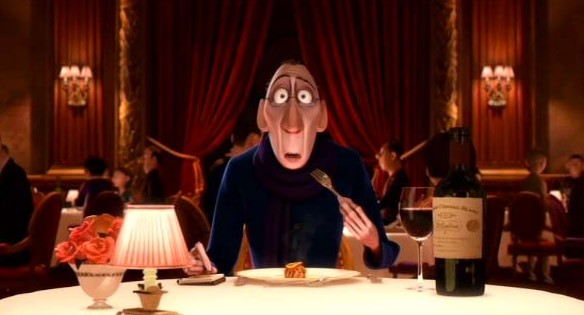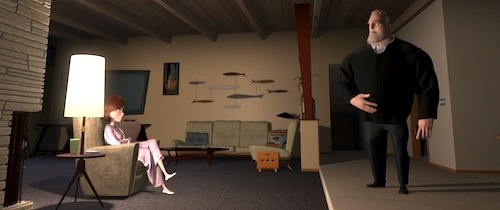Pixar isn’t perfect…
Before I begin this piece in proper, I want to make it clear that I am a pretty big Pixar fan. I loved everything up to Wall-E (2008), and while I haven’t exactly gone to pieces over everything since, I genuinely liked Up (2008), Inside Out (2015), and Coco (2017).
That being said, there’s one thing Pixar is absolutely terrible at, and that is properly setting up sequels and continuations.
Don’t get me wrong, I don’t really hate Pixar sequels. I genuinely enjoyed both Toy Story 2 and 3, even if they are kind of the same movie. Heck, I even liked Cars 3, which is a better Cars 2 than Cars 2 was. None of this, however, changes the fact that none of these movies were properly set up at all. They just happened to work, given their respective predecessors. Absolutely none of Pixar’s films, save The Incredibles (2004), really properly sets up a sequel.
“Ok Hans, you’ve made your pretentious point, what does it take to set up a sequel right?”
Let’s take a look at Star Wars (1977), which would go on to become retitled as to spawn sequels and prequels (*shudders*) alike. Star Wars does a shocking amount of smart things, for a movie written by the same guy who came up with midichlorians. First, it sets up the Empire with multiple potential plot threads but quickly establishes one of them as the Most Important One for Right Now. This movie is first and foremost about blowing up the Death Star. Yeah, Darth Vader is here, and he kills Obi-Wan, but at the end of the movie he flies off, we know not where. And that’s fine for this movie. He doesn’t need to duel with Luke. He’s not even the primary antagonist of this film; that honor goes to Grand Moff Tarkin. Darth Vader is a scary dude in a space-samurai costume, but as far as this first movie goes he’s just vaguely threatening. He flies off now so he can come back later when we have time to give that plot thread its day. But today is not that day.

Star Wars is full of little setups like this. It introduces concepts like the Force, iterates on them a little bit, and gives what we do get a proper conclusion, but the details are left ambiguous on purpose. Luke uses the Force at the end, but he’s still not a Jedi. All of this works for Star Wars as a standalone film, but also allows for future expansion. We don’t need to know exactly how or why Luke is strong in the Force, we just need to know that he is. At this point, the Force is just space magic anyway. But that plot thread exists if we want to pursue it, just as Darth Vader is still out there somewhere.
Contrast this with Pixar, whose widely publicized “22 Rules of Storytelling” actually frequently come into direct conflict with the necessities of “sequel setup.” Pixar films center so much around a particular character arc that, by the end, we really don’t care about anything else. They have a tendency to wrap all of their plot threads around this particular arc, which means that when said arc is finally resolved, there’s not a whole lot else to care about. All the stakes are built around this character conflict, and everything comes to a head in the climax. Examples include Woody’s inferiority complex, Remy’s identity crisis, and Carl’s grief over his wife’s passing.
This way of doing things makes for absolutely fantastic and engaging standalone films and is the reason we as a viewing public fell in love with Pixar to begin with. We get attached to the characters and their struggles, and because all the plot threads come to a conclusion at the same point, the climax of Pixar films are always powerful and engaging. The ending of Ratatouille (2007) takes place during a regular night of the operation of a bougie French restaurant, but the way the scene plays out you’d think it’s the end of the world. And in a way, for Remy and Linguini, it is. That’s what this whole movie has been about.

But then once it’s all said and done… Now what? There’s really nothing left for the characters to do. They’re all living their best life, and that’s a satisfying conclusion for the audience, but what are we supposed to do for the next movie? I’m sure you could come up with something, given time, but the point is that the first film gives you nothing to go off of here. If Star Wars is a strong film with a strong setup, Pixar films are excellent films with absolutely no setup.
Marvel has mastered the art of setup, perhaps to the point of excess. They leave more loose ends than a Kingdom Hearts game. This has the unfortunate side-effect of diluting each film’s own plot and themes, especially when fans start pulling these movies apart at the seams for potential sequel hooks, but heck, it’s not like we’re not going to go to the next one at this point anyway.
Coincidentally, Pixar’s superhero film is also its strongest in terms of franchise potential, at least from a storytelling perspective. Who gets all the character development in that movie? Dad. It’s all about Bob and his mid-life crisis.

The kids, in particular, have their own little character arcs and problems, but these conflicts are all satellites to the greater character arc, which is Bob’s. Consequentially, The Incredibles 2 centers around Bob’s struggles to be a good father, while also exploring the setups that Incredibles 1 lays out. At the end of The Incredibles, we discover that the baby, who has up to this point been “the one without powers,” actually has more than one. This is explored further in The Incredibles 2 the same way that Empire Strikes Back built on Darth Vader’s character.
It’s 2018 (sorry) and if your movie doesn’t have franchise potential, nobody’s going to be interested in giving you money to make it. At the same time, the titans of this industry are not infallible, and I think it’s worth our time to figure out what they do wrong, so maybe we can do the latter better. Honestly, I think Pixar films are totally fine being standalone, but Pixar doesn’t seem to agree, and they’re the ones making the movies. I get it, you’ve gotta sell toys, but if you’re going to commit to franchise, you can’t just give the movie that sold the most toys a sequel without thinking about how that sequel is supposed to work. That’s just bad storytelling. And heaven forbid anyone accuse Pixar of that.
The post The Secret to Sequel Setup appeared first on Film School Rejects.


0 comments:
Post a Comment